History of weaving in Odisha
The Making of Sambalpuri: A tale of Art and Devotion
Odisha weavers have been creating magic for generations. This write up gives a glimpse about what is weaving and how it is done, along with a brief about the history of Odisha weaving.
History
According to art historians, handloom weaving in Odisha goes back to 600 BC. The history of this art is linked to Lord Jagannath.
Four primary colours used in keeping with this tradition are white, black, yellow, and red, with green added at a later date. These colours are said to denote the past, present, and future, to the Vedas and the Gods. It is also inferred that the Ikat silk art came into existence by copying the temple architecture which existed much earlier.
Human figures sculpted on the centuries-old temples reflect stylistic draping of clothes. Usually woven in cotton and silk, the regionally unique handlooms display a wide variety of styles, colours, designs and motifs, the State’s natural beauty such as plants, birds, elephants, temples and geometric patterns.
As per history, Jayadeva the great poet of 12th century, offered his 'Gitagovinda' to Lord Jagannath by way of fabrics. He got them woven in his native birthplace Kenduli village where the lyrics of the 'Gitagovinda' were woven in the fabric.
Then the King of Puri issued an order to Nuapatna(Tigiria) to supply Gitagovinda fabrics. Other than Gitagovinda Khandua patta (silk), other cotton fabrics are also used in the daily rituals of the dieties.

The villages in Odisha, where weaving is done are
· Mankedia in Balasore or Mayurbhanj district.
· In the Western Odisha, it is woven in most parts of Bargarh district and Sonepur district. Villages are Barpali, Remunda, Jhiliminda, Mahalakata, Singhapali, Sonepur, Patabhadi, Sagarpali, Tarabha, Biramaharajpur, Subalaya, Kendupali, Jaganathpali, and Kamalapur.
· In Cuttack district it is made in the villages of Badamba, Nuapatna, Maniabadha, Narashinpur, Tigiria
In Jaipur district, Gopalpur village is famous for producing Tussar fabrics.
One of the most popular weaves in Odisha is the ‘ikat’ or the ‘bandha’ style. In the ‘single’ ikat, either the warp or weft thread is dyed while in the ‘double ikat’, both the warp and weft are dyed before weaving. According to historians, it is part of the State’s historical link with Indonesia.
The Making of Sambalpuri
1. Preparing the Yarn
An intricate art form, the making of Sambalpuri weaves is one of expertise and patience. At first,the cotton or silk yarn is placed and tied against a wooden frame to distribute the thread equitably and prevent inconsistency in the yarn.
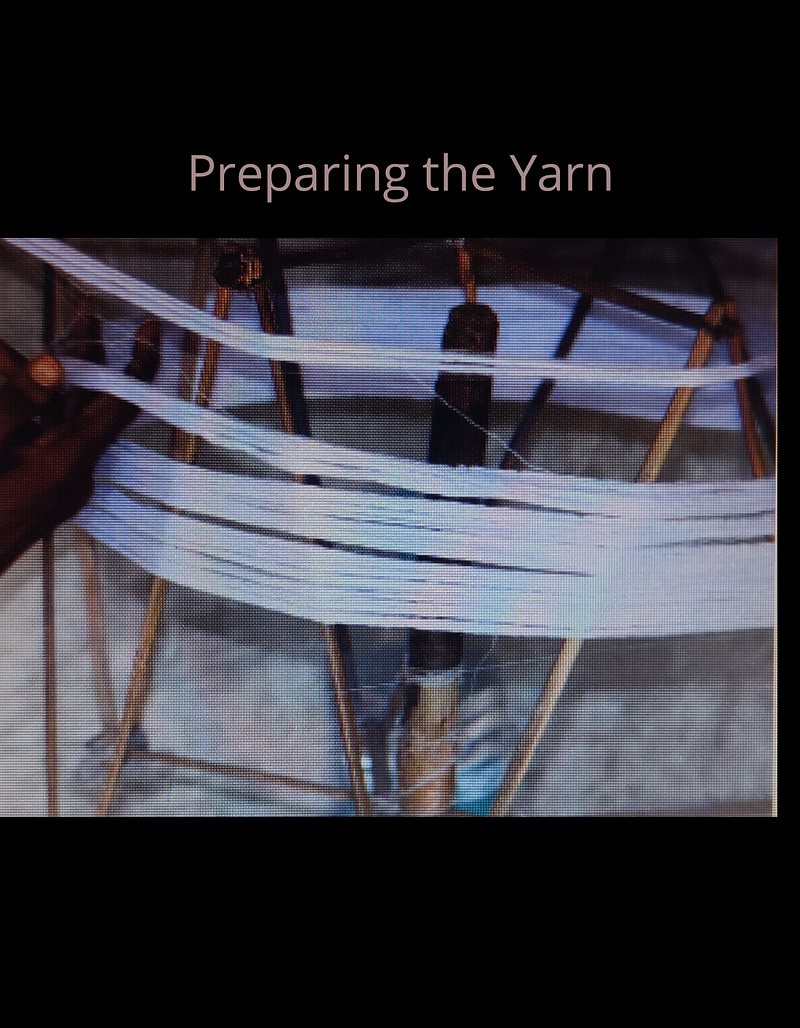
2. Tying the Yarn
The second step involves the process of tying, to prepare the winded yarns for dyeing. In this process, the yarns are tightly arranged against a frame to prepare for tying. The artisan then marks the yarns according to the desired design after which a collection of knots are tied using thin and tiny synthetic threads.
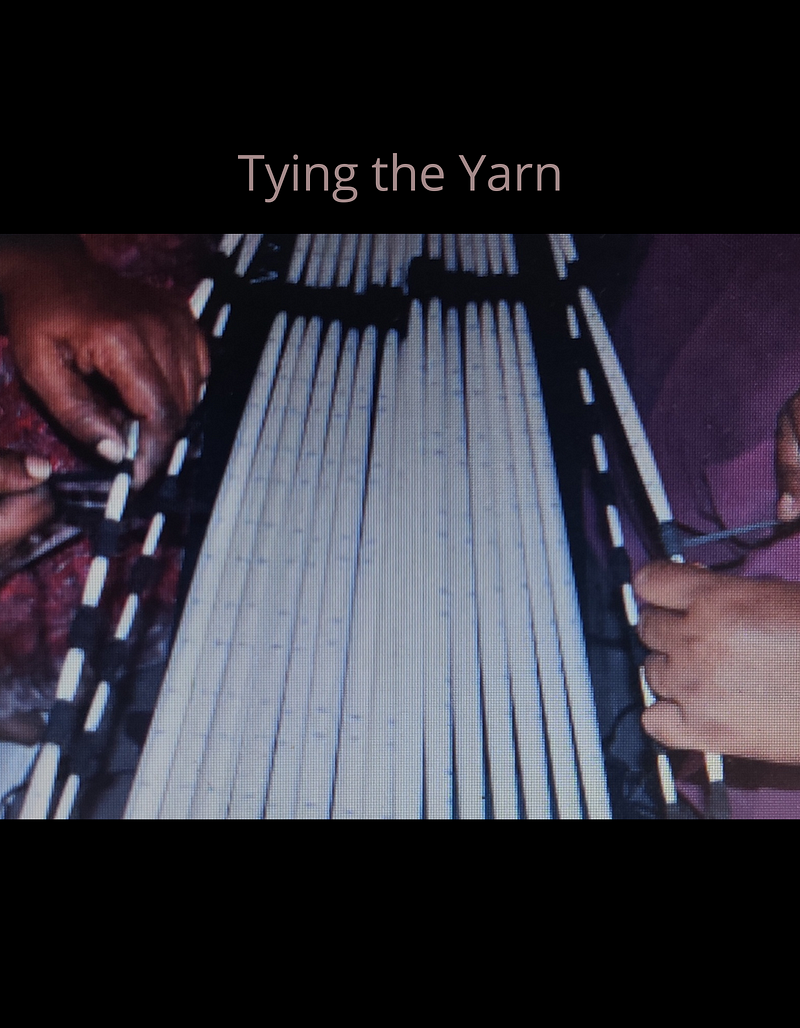
3. Preparation for Dyeing
Once the yarns are tied for marking, they are immersed in soap water and boiled for a few minutes. This helps to enhance the flexibility of the yarn while bringing out the texture before dyeing.
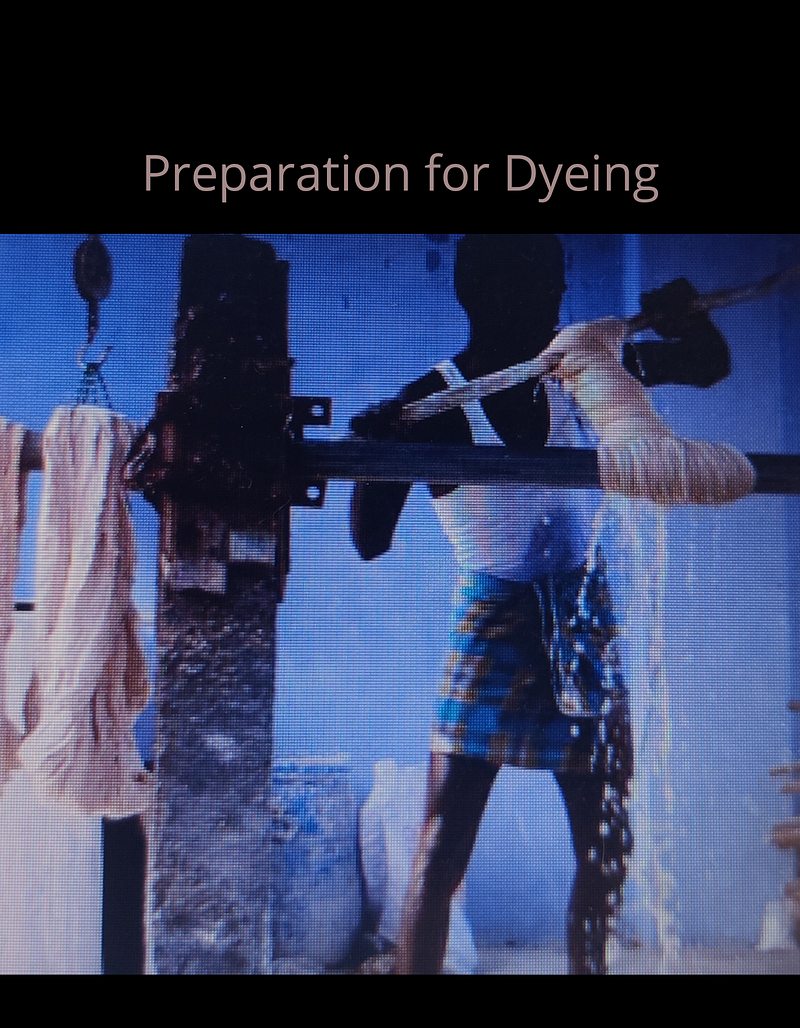
4. Dyeing the Yarn
Once the threads are tied, the cluster of yarn is dipped in coloured dye. In the earlier times, several artisans made the dyes naturally from scratch though recently, most have moved to artificial dyes. Once the yarn is dipped, the rich colour penetrates into the untied portions of the thread in the form of signature designs. This process is repeated several times until the desired design is achieved.
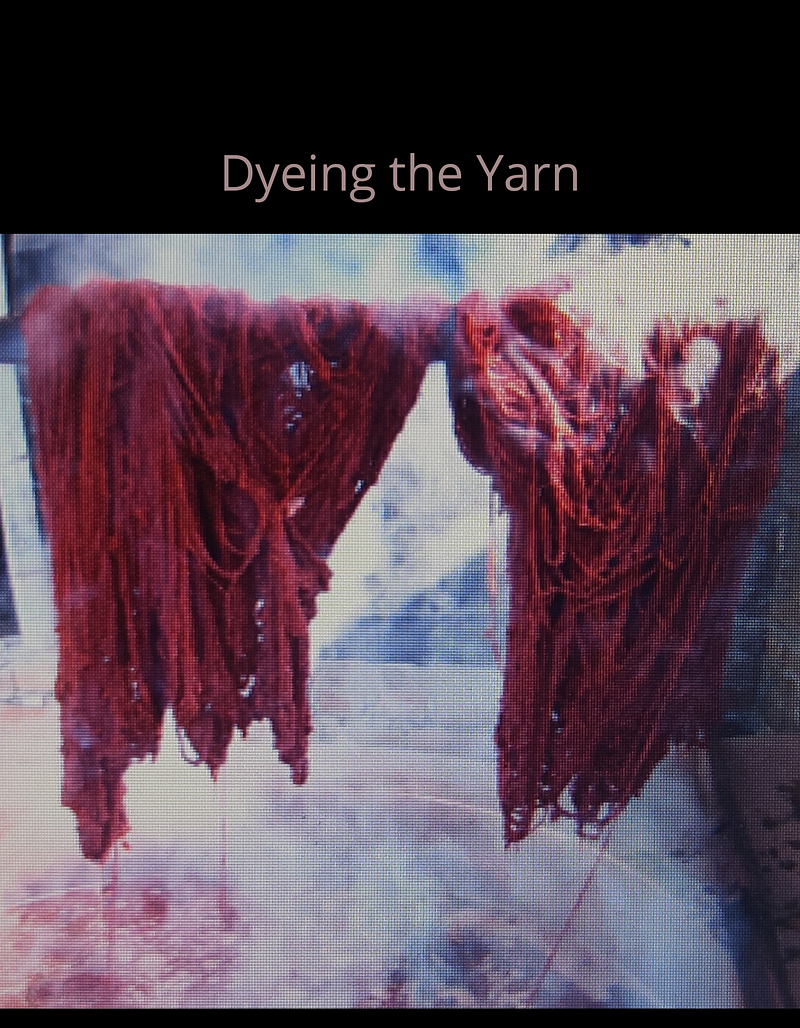
5. Drying the Yarn
The coloured yarns are then washed again to get rid of the hardness and acidity of colour. This makes the yarn soft while also washing the excess colour. The yarns are then left for drying before the next process is taken up.
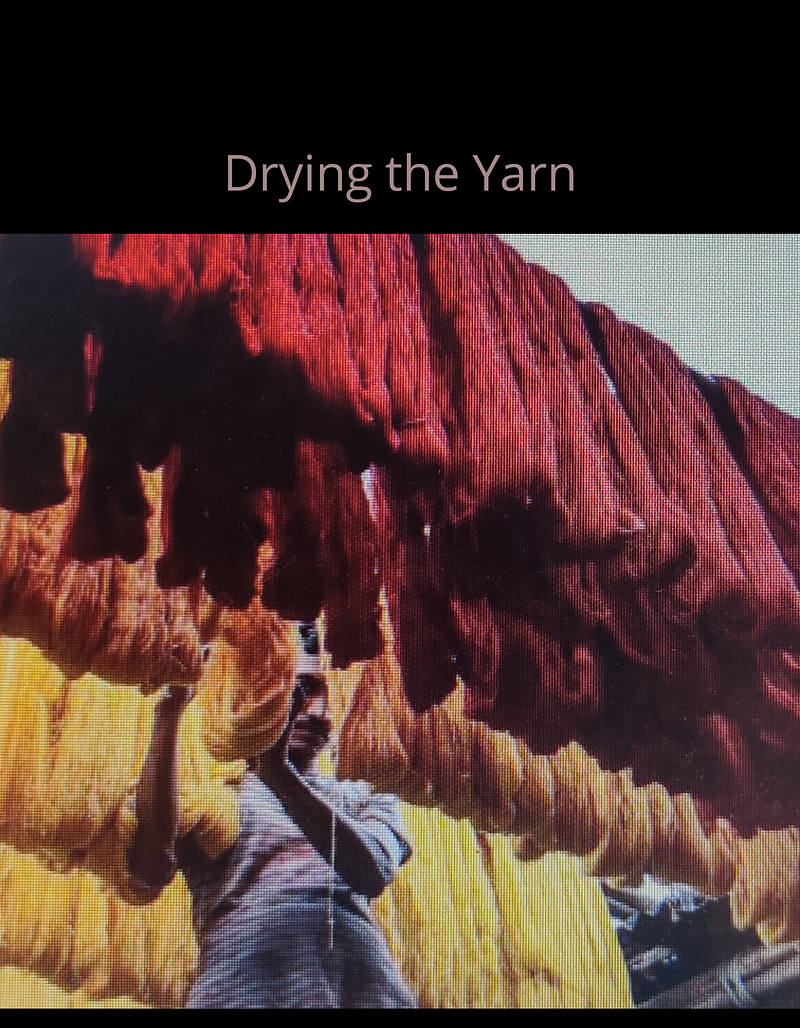
6. Weaving the Masterpiece
The weaving of Sambalpuri is believed to be the hardest part of the entire process. This complicated process is taken up by the most skilled weaver of the family and can take a long time. The dyed yarn is first spindled using spinning wheels to obtain the required size. The yarns are then cut from the wheel according to need. They then undergo a process called warp and weft where the threads are measured to the needed length of the fabric to be woven. The threads are then loaded to the bean which is put to the loom and knotted to begin the process of weaving.
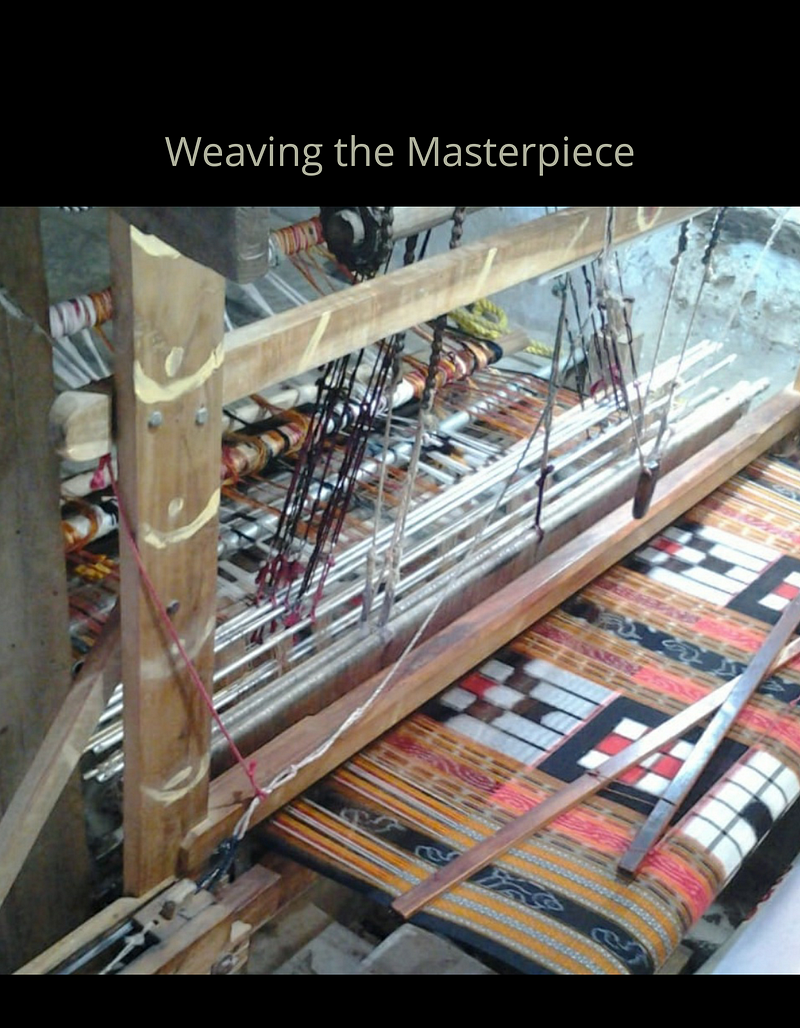
Odisha’s weaving comes in different designs, each with its stand-out quality.
Eye-catching and stylish, each of the weaves is characteristic of the rich heritage and culture of the region of origin. The distinctive feature of the Ikkat weave lies in its double-sided clarity. Its exquisite design can be reflected on both sides with equal clarity.
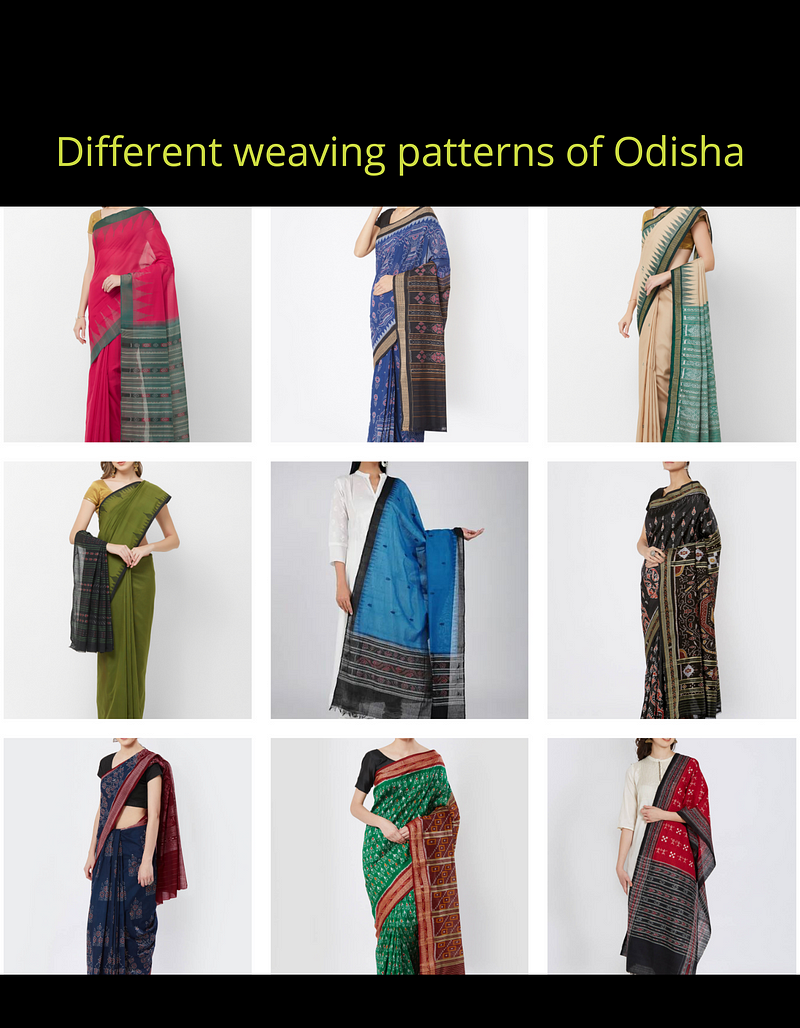
Available in a variety of designs, patterns and fabric, one can choose between silk, cotton, Pata, Bomkai, Ikat and Pasapalli to make a lasting impression.
While saris form the bulk of the weaves, they also make material for men and women, to reach the wider market. The textiles are also being used for dupattas (long scarf for Indian salwar suit) and scarf.
Time taken to weave
For a saree (5.5meter length) normally a single ikat weaving takes 6–8 days to complete (The weaver may need help of 1 or 2 persons while working).
However it takes longer time for double ikat weaving technique. Double ikat is a yarn resist technique where both the warp (the vertical thread on the loom) as well the weft (the horizontal thread) are tied and dyed. This form of weaving requires the most skill for precise patterns to be woven and is considered the premium form of ikat.
For a dupatta (double the width of a scarf, length 2.40 meter & width 0.80meter) time taken is 4–5 days.
During this lockdown time, to read and share something interesting is very enjoyable. It is an expression of love for Odisha weaving.
Let us all pray for the safety of all.
Stay safe at home. If you must go out, wear a mask, keep the physical distance. Wash your hand on a regular basis.
🙏💞✨🍁☘️



Leave a comment